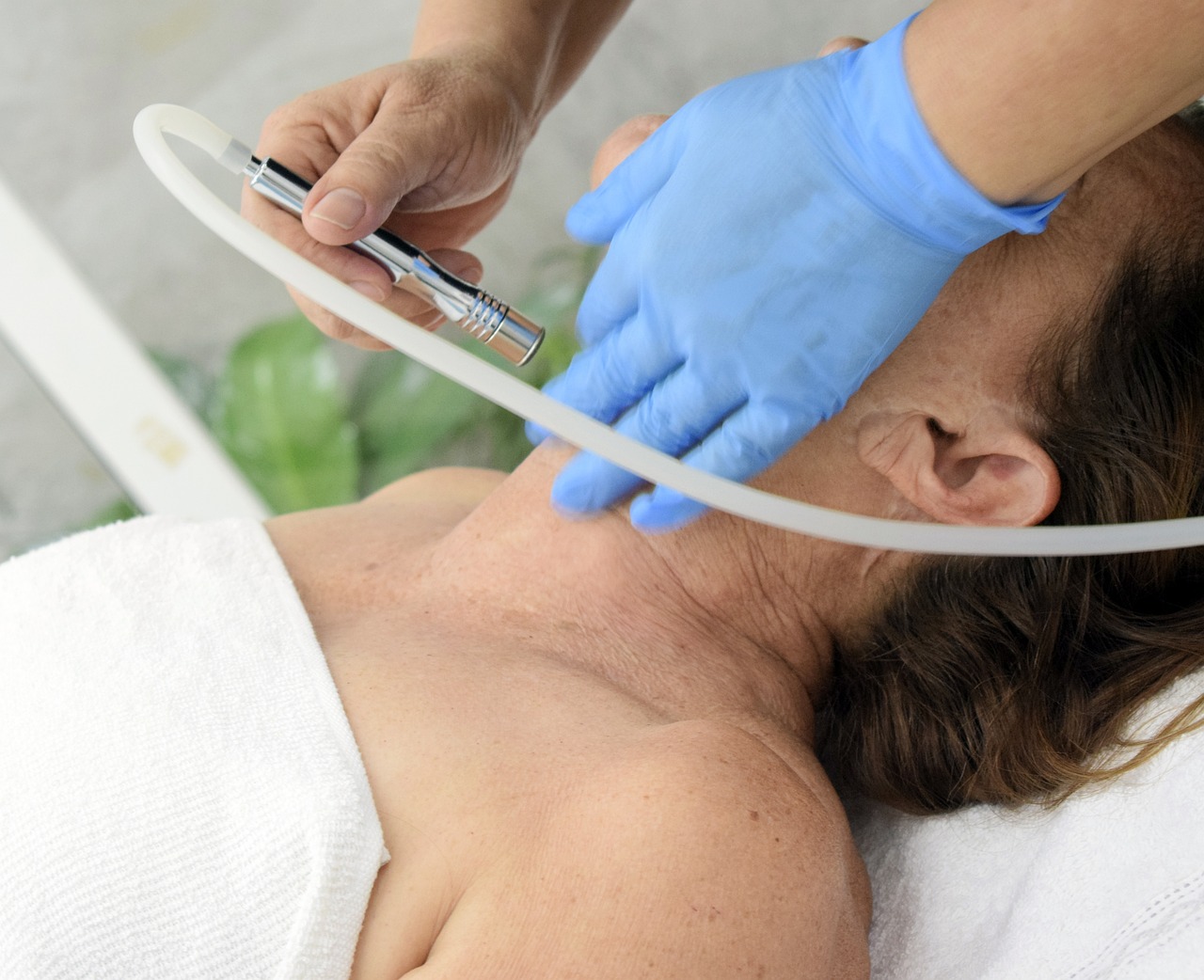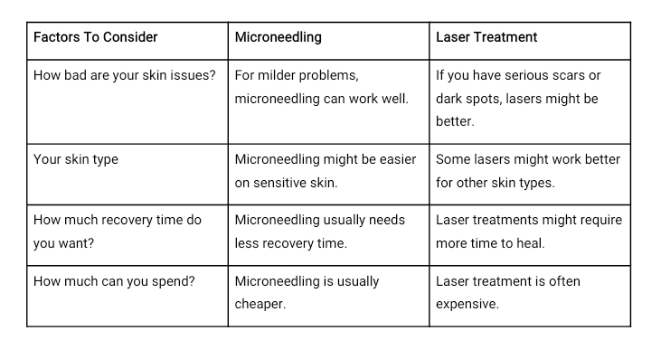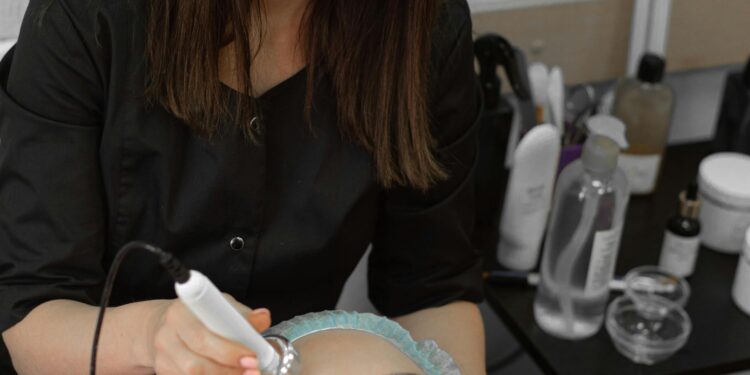There are many steps that follow an injury that lead up to skin healing, and scarring is one of those processes.
Healing after an injury can cause scarring, which can result in marks that are distinct from the surrounding skin.
Depending on the kind and degree of the scarring, your skin may thereafter become rough, flaky, or even bumpy.
Additionally, this may lead to hyperpigmentation, which is a condition in which patches of the skin are darker than others, giving the appearance of uneven skin tone.
However, laser treatment and microneedling are the two main approaches to help with these kinds of skin conditions. Even if these are efficient ways to cure various skin conditions, there are some concerns you should be aware of before using these treatments.
This article will work you through the things you need to know about microneedling and laser treatment.

Microneedling for Scarring, Texture, and Hyperpigmentation
Microneedling can help repair acne scars, hyperpigmentation, and rough skin texture. During microneedling, a specific tool with small needles is used to puncture the skin surface, resulting in controlled wounds. This is done to trick the skin into thinking it needs to be repaired.
As a result, when the skin detects these minor injuries, it responds by generating more collagen. Collagen is a natural protein found in the skin that helps it stay firm and smooth. After healing, the skin smoothes out and becomes less scarred
Benefits
- Helps with acne scars and other scars
- Fades dark spots
- It makes skin smoother
- Overtime, it shrinks pores the skin pores
Are There Any Potential Risks To consider?
After microneedling, you might experience redness or swelling for a few days after the treatment, but it usually goes away quickly. However, for your skin to heal properly, you have to follow the aftercare instructions to avoid problems.
Furthermore, if you have active or flaring acne or certain types of scars, microneedling might not be the best option for you.
Laser Treatments for Scarring, Texture, and Hyperpigmentation
There are several types of laser treatments that are useful for specific skin conditions. There are two types of laser treatments: ablative and non-ablative. Ablative laser treatment removes the top layer of skin to address deep scars and wrinkles. It often requires extra healing time.
Non-ablative laser treatment, on the other hand, works beneath the skin’s surface to stimulate collagen, which aids in the treatment of less serious disorders such as small scars and dark spots. This treatment involves less downtime.
Benefits
- Tightens skin and improves texture
Improves acne scars, stretch marks, and deep wrinkles - Fades dark spots and sun damage
Are There Any Potential Risks To consider?
If you’re thinking of getting a laser treatment, you should keep in mind that the payment is on the high side. You might also experience temporary changes in skin color, like dark or light spots.
Microneedling And Laser Treatment Which Should You Go For?
Well, there are a couple of factors you need to consider before settling with either one of the treatments.
 Note: However, the most important thing is asking a dermatologist about the treatment that is most suitable for you.
Note: However, the most important thing is asking a dermatologist about the treatment that is most suitable for you.
Conclusion
Microneedling and laser treatments are both effective for removing scars, uneven skin texture, and dark spots. Each method has advantages and disadvantages that should be considered. In order to guarantee the best outcomes and safety, speak with a dermatologist who can help you in selecting the appropriate treatment for your needs.

















